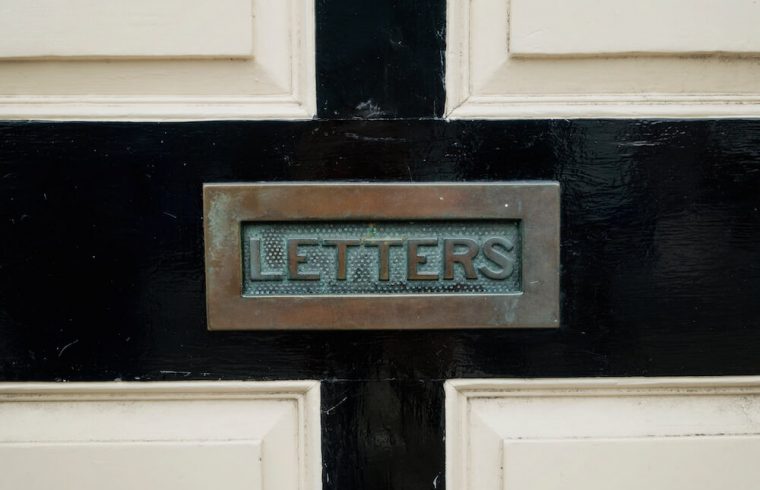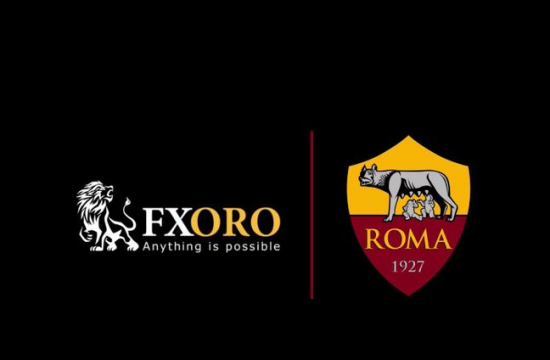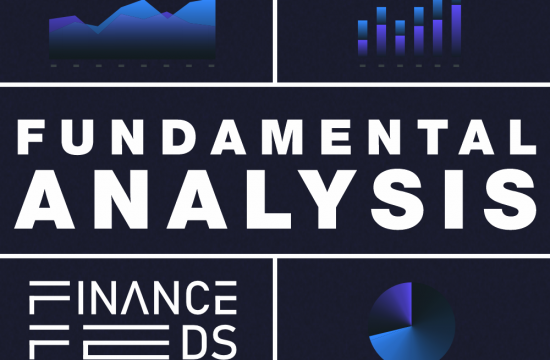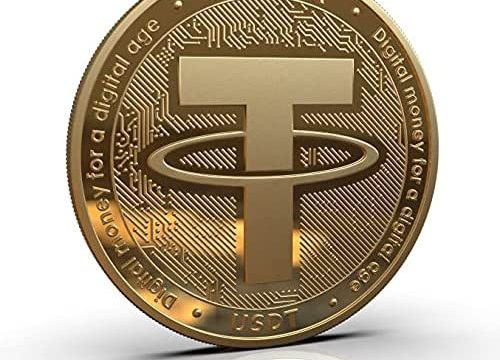Unlike in Fife, Ripple is not relying on its fair notice defense to preclude the SEC from taking discovery and proceeding to merits adjudication.

Ripple has replied to the SEC’s letter of supplemental authority as part of the agency’s motion to strike the fair notice defense.
The plaintiff notified the Court of the out-of-circuit decision in SEC v. Fife, arguing it is an analogous case in which the court ruled against the defendant on a fair notice motion regarding the term “dealer”. Ripple’s motion regards the term “investment contract”.
In its letter, Ripple countered that the Fife case does not support the SEC’s arguments.
Different procedural posture
Michael K. Kellogg, counsel for Ripple Labs authored the letter that explained why the Fife analogy doesn’t fit the Ripple case and its fourth affirmative defense.
“Fife does not support the SEC’s motion to strike Ripple’s affirmative defense that it lacked adequate notice that XRP was an investment contract. The court in Fife determined only that it would not, at the pleading stage, dismiss the SEC’s adequately pleaded complaint on the basis of the defendants’ due process challenge.
“The question before this Court arises in a completely different procedural posture: whether Ripple’s Answer plausibly sets forth a cognizable legal theory for its affirmative defense, such that it should be permitted to develop evidence and present the defense on a more complete record.
“That is clearly the case here: Ripple’s fair notice defense is firmly rooted in binding Second Circuit precedent. Unlike in Fife, Ripple is not relying on its fair notice defense to preclude the SEC from taking discovery and proceeding to merits adjudication. Indeed, factual discovery is now complete. Ripple is simply asking that it not be precluded from presenting its legally cognizable defense on a full record.
FinanceFeeds webinar: Expert panel to discuss market data for multi-asset brokerages
Ripple’s defense rooted in binding Second Circuit precedent
Ripple counsel Michael K. Kellogg further explained that the law in this Circuit is clear that an affirmative defense to a claim may only be struck where “there is no question of law which might allow the defense to succeed.”
“Under that appropriately demanding standard, any “disputed or substantial issue[] of law” requires denial of such a motion. Even if Fife – an out-of-circuit decision that is not binding on this Court – supported the SEC’s position (and it does not), that still would do no more than create a “disputed or substantial issue[] of law” requiring denial of the SEC’s motion to strike”, he added.
The SEC’s letter filed earlier this month claimed “it is for the courts – not the parties – to determine whether particular conduct falls within the scope of the statute.”
“Indeed, the court rejected the defendants’ fair notice defense at the motion to dismiss stage despite acknowledging that lack of “binding authority” constructing the term “dealer”. In Ripple’s case, binding authority constructing the term “investment contract” has existed since 1946.”
XRP community member and attorney Jeremy Hogan said the Fife fair notice defense was made in a very different stage of litigation and the standard is completely different than the SEC v. Ripple as Fife filed in order to dismiss the lawsuit entirely, which raised the burden on them.
“In the Ripple case, it’s the SEC that is trying to strike the affirmative defense of Fair Notice and it has the high burden to meet. The general idea in modern courts is that the decision should be made after looking at the evidence, unless there’s no “plausible” way of winning”.












